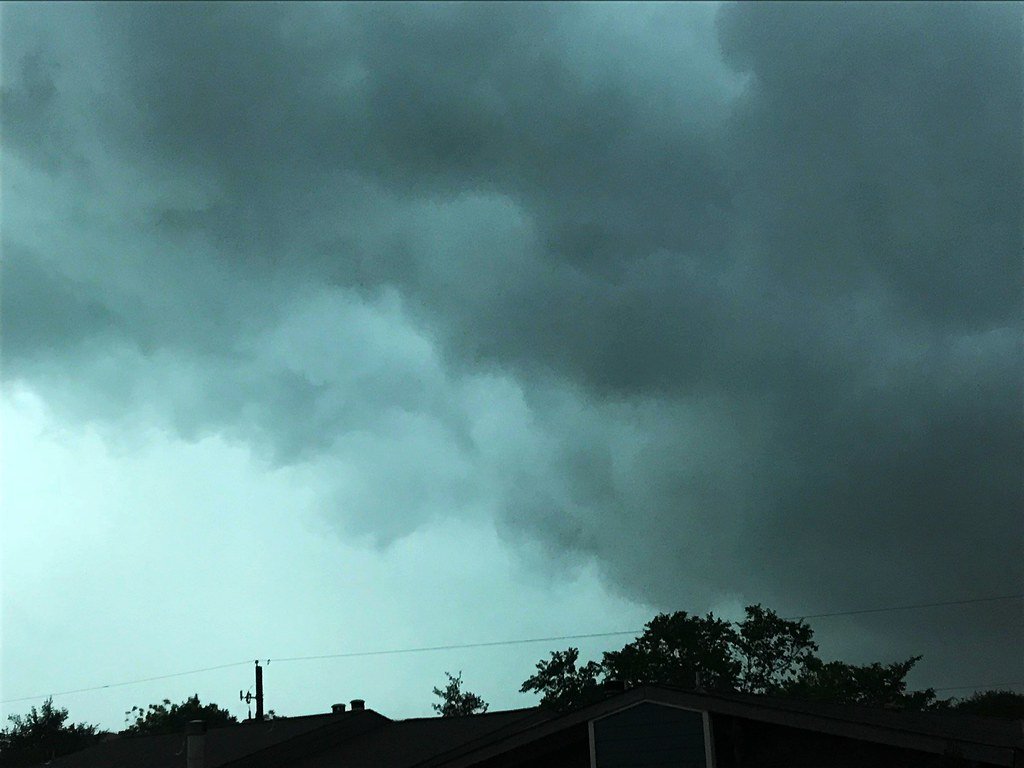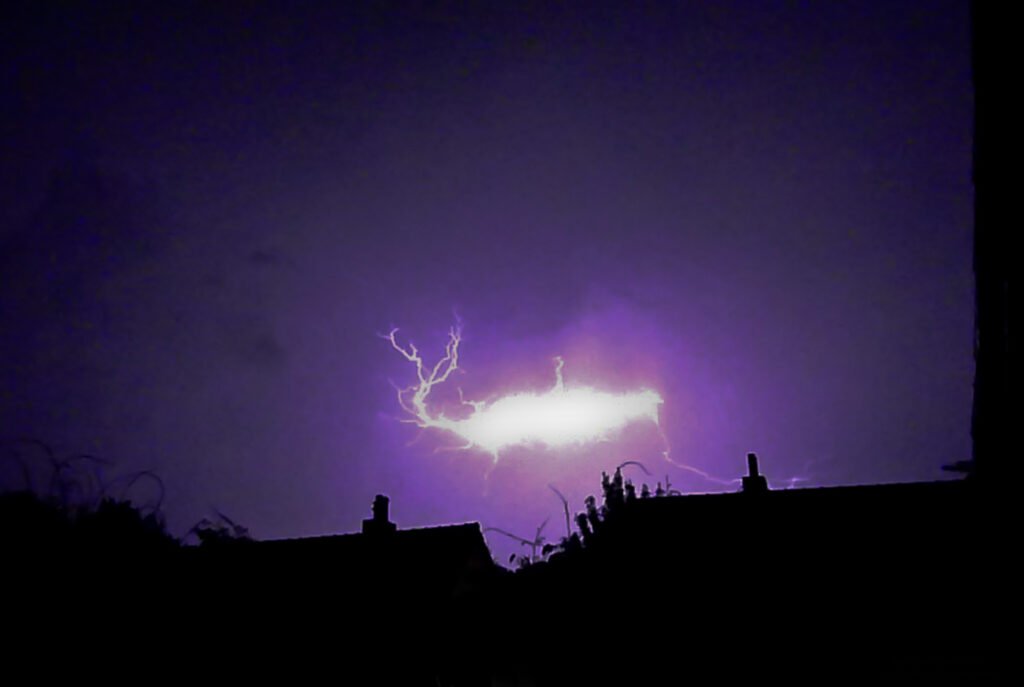Across a planet wrestling with biodiversity loss, a quieter story is unfolding: species once on the brink are inching, flapping, and charging back into view. These reversals didn’t happen by accident; they’re the product of relentless fieldwork, smart policy, and communities willing to fight for wild neighbors. Some of the turnarounds are dramatic enough to feel cinematic, others are slow-burn victories measured in nests, calves, or tracks in the dust. I still remember the first time I saw a raptor streak over a city bridge and realized recovery doesn’t only happen in remote parks – it can soar above rush hour. Each comeback below offers proof that when science meets stubborn hope, the needle moves.
Bald Eagle

What does a national symbol do when it almost vanishes? It learns to fly again, with help from a pesticide ban, habitat safeguards, and tireless monitoring. Decades ago, thin-shelled eggs and poisoned fish cut nests to a fraction of their former range, but legal protections and public buy-in flipped the script.
Today, eagles fish along rivers and coastal inlets where silence once ruled, reminding us that policy can be a life raft. Seeing one pass overhead still feels like a small thunderclap of good news.
American Alligator

Marshes that once echoed with gunshots now hum with the low splash of armored reptiles reclaiming their home waters. Overharvest pushed alligators to a knife’s edge, yet strict protections and science-based management gave the species breathing room. Wetland restoration added the missing rooms back into the alligator’s house.
Their return is more than a headcount; it’s a repair job for entire food webs, from nesting birds to fish nurseries. When an apex engineer comes back, the swamp starts to feel like itself again.
Humpback Whale

There’s a special kind of awe in watching a 40-ton animal breach – and knowing it’s here because humanity changed course. Industrial whaling once made silence the loudest sound in some oceans, but moratoriums and ship-speed rules helped humpbacks rebuild. Long-term photo-ID catalogs gave scientists the receipts, tracking flukes across hemispheres like living passports.
Not every population is out of danger, with entanglements and ship strikes still serious threats. Even so, the chorus of their songs in more places is one of conservation’s clearest crescendos.
Peregrine Falcon

The world’s fastest animal almost ran out of runway, undone by toxins that shattered its fragile eggs. Biologists responded with ingenuity, pioneering urban “hacking” towers and turning skyscrapers into surrogate cliffs. Pigeons became prey, ledges became eyries, and the city skyline became a comeback stage.
Today, peregrines slip between office towers with heat-seeking precision, a blur against steel and glass. Their resurgence proves that wildlife can adapt to our architecture when we meet it halfway.
Giant Panda

For years, the panda felt like a mascot for impossible problems: fragmented forests, shrinking bamboo, and too few cubs. Then came a different story – one built on protected reserves, reforestation, and careful breeding paired with community livelihoods. Forest corridors are slowly stitching isolated pockets into functional habitat again.
The species remains a conservation dependent success, but its shift away from the gravest risk is real. In a world hungry for good news, black-and-white bears delivered a quieter, steadier win.
Mountain Gorilla

On misty volcano slopes, every new infant recorded by trackers is a small festival. Mountain gorillas faced snares, disease, and conflict, yet investments in rangers, veterinary care, and tightly managed tourism changed their prospects. Cross-border cooperation turned fragmented efforts into a regional shield.
Communities near parks now share in tourism revenue, linking livelihoods to living gorillas. When a species pays the local bills, its survival stops being a luxury and becomes common sense.
California Condor

There was a moment when the wild held none of these vast-winged scavengers, and the species’ fate sat entirely in human hands. Captive breeding, intensive health checks, and relentless field releases nudged condors back into desert thermals and coastal skies. Managing lead exposure remains a tough, technical battle, but progress is visible in each new wing tag spotted.
I still scan canyon rims for that unmistakable silhouette, part kite, part hang glider. When the shadow passes, it feels like time itself decided to keep going.
Arabian Oryx

Ghosts of the desert became residents again after one of conservation’s earliest rescue missions gathered the last animals into safety. From that seed herd, carefully planned reintroductions sent oryx back into dunes and gravel plains, where their pale coats mirror sunlit sand. Fenced reserves and monitoring kept the rebound on track in a harsh, changing climate.
They’re living proof that even landscapes with scarce water can host second chances. When horns carve crescents against a heat-shimmered horizon, recovery looks elegant and stubborn at once.
European Bison

Europe’s largest land mammal once clung to survival in a handful of zoos, a footnote in a fading ledger. Breeding programs and forest releases rewrote that entry, returning bison to woodlands from Poland to the Carpathians. Their hooves open thickets, their grazing shapes plant communities, and birds follow the stirred-up feast.
Seeing a herd materialize between beech trunks is like watching a continent remember its own strength. Wildness, it turns out, has a long memory when we give it room.
Black-footed Ferret

Declared gone, then rediscovered in a Wyoming dog yard, this masked hunter staged one of North America’s most unlikely returns. Captive breeding, midnight releases, and prairie dog colony recovery knit ferrets back into their native grasslands. Vaccines and dusted burrows help them face the twin threats of plague and habitat loss.
I’ve stood on a moonlit prairie and listened for the brief squeak of a ferret above its burrow, a tiny sound with oversized meaning. Every successful litter feels like a vote of confidence for the Great Plains.
Why These Comebacks Matter

Recoveries like these are more than feel-good headlines; they’re proof that science-based laws, funding, and patience beat despair. Traditional conservation often focused on protecting animals in isolation, but the wins here show that fixing habitat, reducing toxins, and engaging people create durable results. Each species acts like a pressure gauge for its ecosystem, signaling whether food webs and nutrient cycles are on track.
There’s also a practical ledger: healthier wetlands buffer storms, whales store carbon in living biomass, and forests shaped by bison host richer biodiversity. Put simply, when wildlife rebounds, human futures get sturdier too.
The Future Landscape

The next chapter will be harder, because climate change shifts baselines while we’re still writing the recovery plan. Wildlife will need room to move, and conservation maps must anticipate tomorrow’s climate, not yesterday’s averages. Emerging tools – genetics for disease resistance, satellite tracking, and AI-assisted surveys – can tighten feedback loops between data and decisions.
But none of it works without local trust, predictable funding, and policies that outlast election cycles. The blueprint is clear; the test is whether we’ll scale it fast enough.
How You Can Help Right Now

Big turnarounds start with unglamorous habits repeated by many hands. Support land trusts and reputable wildlife groups that protect habitat where you live; those acres often shelter far more than a single headline species. Reduce lead and plastic in your own footprint, choose seafood from well-managed fisheries, and speak up for science-based policy when it’s on the line.
Most of all, go outside and pay attention – field notes written in curiosity become votes, donations, and careers. Recovery is contagious; the more we witness it, the more we insist on it. Did you expect that?

Suhail Ahmed is a passionate digital professional and nature enthusiast with over 8 years of experience in content strategy, SEO, web development, and digital operations. Alongside his freelance journey, Suhail actively contributes to nature and wildlife platforms like Discover Wildlife, where he channels his curiosity for the planet into engaging, educational storytelling.
With a strong background in managing digital ecosystems — from ecommerce stores and WordPress websites to social media and automation — Suhail merges technical precision with creative insight. His content reflects a rare balance: SEO-friendly yet deeply human, data-informed yet emotionally resonant.
Driven by a love for discovery and storytelling, Suhail believes in using digital platforms to amplify causes that matter — especially those protecting Earth’s biodiversity and inspiring sustainable living. Whether he’s managing online projects or crafting wildlife content, his goal remains the same: to inform, inspire, and leave a positive digital footprint.




